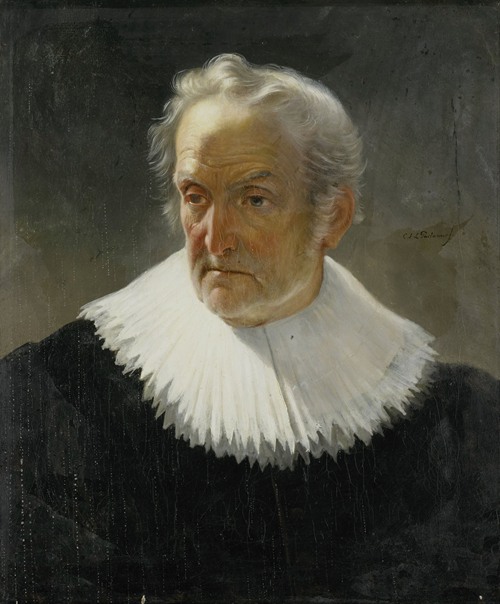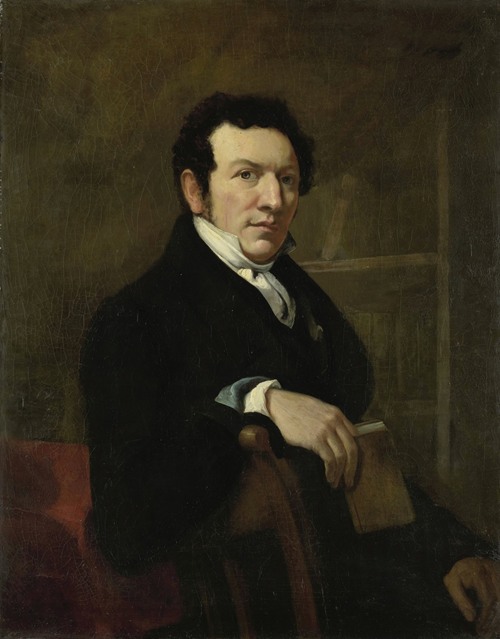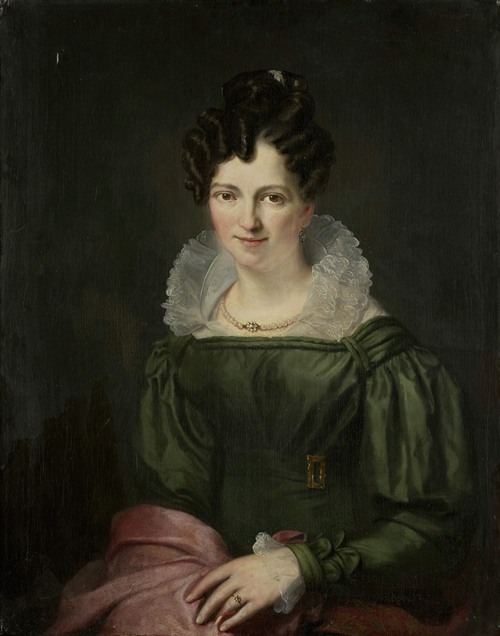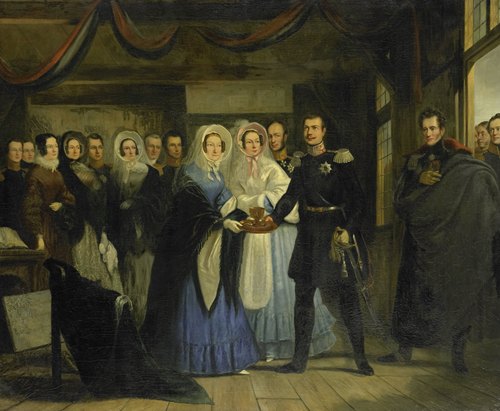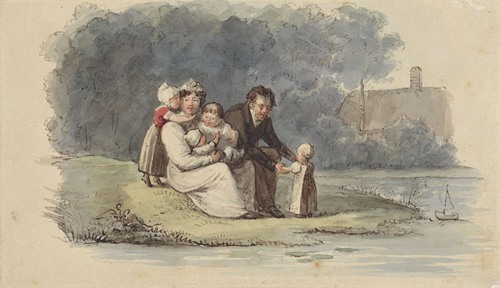Christiaan Julius Lodewijk Portman
Dutch artist Christiaan Julius Lodewijk Portman was the son of Lodewijk Gottlieb Portman (1772-1813), an engraver who owned an art supply store which Portman and his brother eventually inherited and ran. C.J.L. Portman studied art with his father, as well as with Cornelis Kruseman and J.W. Pieneman. C.J.L. Portman was a painter of portraits, genre and history paintings, and after winning a prize at the Rijksakademie in Amsterdam in 1825, he eventually taught there. His students included artists such as Petrus Franciscus Greive and Jean Francois Michel Mourot. Portman was also a founding member of Arti et Amicitiae, a Dutch artists society founded in 1839, and its secretary from 1840 to 1842.
The Rijksmuseum, Amsterdam and the Teylers Museum, Haarlem, are the primary repositories of his painted work. His best known painting, The Death of Willem Barents, 20 June 1597, of 1836, is currently on loan to the National Maritime Museum in London. Portman was likely the first Dutch artist to experiment with and exhibit daguerreotypes. He photographed cityscapes in Paris, Amsterdam and The Hague, and exhibited several daguerreotypes in The Hague in 1839 along with a history painting. He left Amsterdam in the early 1840s, living in Alkmaar and Beverwijk in the northern Netherlands, as well as Kleve, Germany, before moving to Paris in the mid-1850s.
